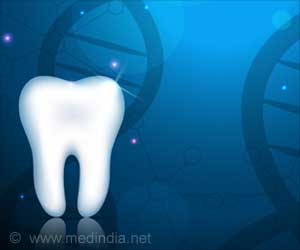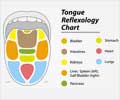Maintaining oral hygiene is essential, but don’t forget to sanitize your toothbrush! A contaminated toothbrush can harbor harmful bacteria, fungi, and viruses.
- Maintaining oral hygiene is crucial for overall health
- Proper sanitization of your toothbrush is essential to prevent health risks associated with contamination
- Store your toothbrush in a clean, dry area away from the toilet to prevent contamination from airborne particles
Contamination of used toothbrushes and their decontamination with disinfecting agents
Go to source).
Don’t store your toothbrush near the toilet! Germs from the toilet can become airborne when flushed. Keep your brush in a clean, dry place. #toothbrushhygiene #healthtips #medindia’
How to Properly Sanitize Your Toothbrush
To reduce the risks associated with a contaminated toothbrush, it is important to practice proper sanitization techniques. Regular cleaning of your toothbrush not only ensures its effectiveness but also protects your health.1. Rinsing with Hot Water:
After every use, rinse your toothbrush thoroughly with hot water. This removes any toothpaste residues, food particles, and bacteria that may have accumulated and reduces bacterial growth on the bristles. It is recommended to rinse with water that is hot but not boiling, as excessive heat may damage the bristles over time.
2. Toothbrush Sanitizers:
Specialized toothbrush sanitizers are available that use ultraviolet (UV) light to disinfect brushes. UV sanitizers are effective in killing bacteria and viruses without damaging the brush.
3. Regular Replacement:
Toothbrushes should be replaced every 3 to 4 months or sooner if the bristles become frayed. Old toothbrushes are less effective at cleaning teeth and are more likely to harbor harmful microorganisms.
4. Proper Storage:
After each use, store your toothbrush in an upright position and allow it to air dry. Storing it in a damp, enclosed environment (e.g., a toothbrush holder with a lid) promotes bacterial growth.
Ideally, store your toothbrush in a clean, dry area away from the toilet to prevent contamination from airborne particles.
Risks of a Contaminated Toothbrush
A toothbrush can harbor bacteria, fungi, and viruses, especially if not cleaned or dried properly after use. Residual toothpaste and particles from the mouth create a breeding ground for harmful microorganisms.- The mouth contains both beneficial and harmful bacteria. Unsanitized toothbrushes can transfer harmful bacteria like Streptococcus mutans, linked to tooth decay and gum disease, as well as bacteria from the gastrointestinal tract, which can cause stomach issues.
- Fungi, such as Candida (thrush), and viruses like the common cold or flu can thrive on damp toothbrushes. This can lead to recurring illnesses when the germs are reintroduced into the mouth.
- Improperly cleaned toothbrushes can pick up germs from contaminated surfaces (e.g., toilets) and spread them to the mouth. Sharing toothbrushes or storing them close together can also facilitate the exchange of germs between individuals.
- Unsanitized toothbrushes can cause various health issues like gum diseases, canker sores and oral thrush. In rare cases, unsanitized brushes can lead to lung and stomach problems.
Preventive Measures and Best Practices
In addition to sanitizing your toothbrush regularly, there are other preventive measures and best practices you can follow to ensure a hygienic brushing routine:- Avoid sharing toothbrushes
- Don’t keep your toothbrush close to the toilet
- Regularly clean your toothbrush holder or any container that stores your toothbrush.
- Contamination of used toothbrushes and their decontamination with disinfecting agents - (https://www.scielo.org.za/scielo.php?script=sci_arttext&pid=S0011-85162020000900004)
Source-Medindia












